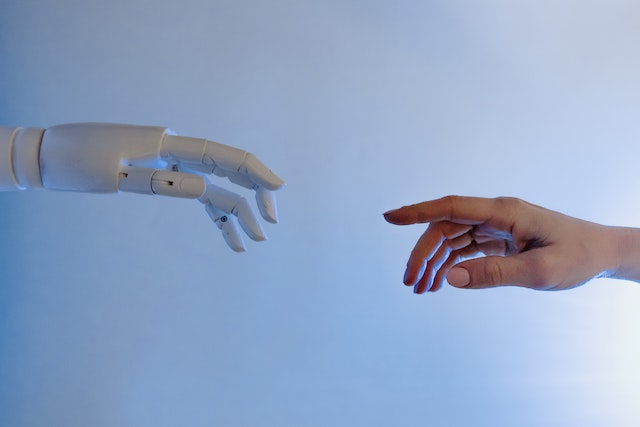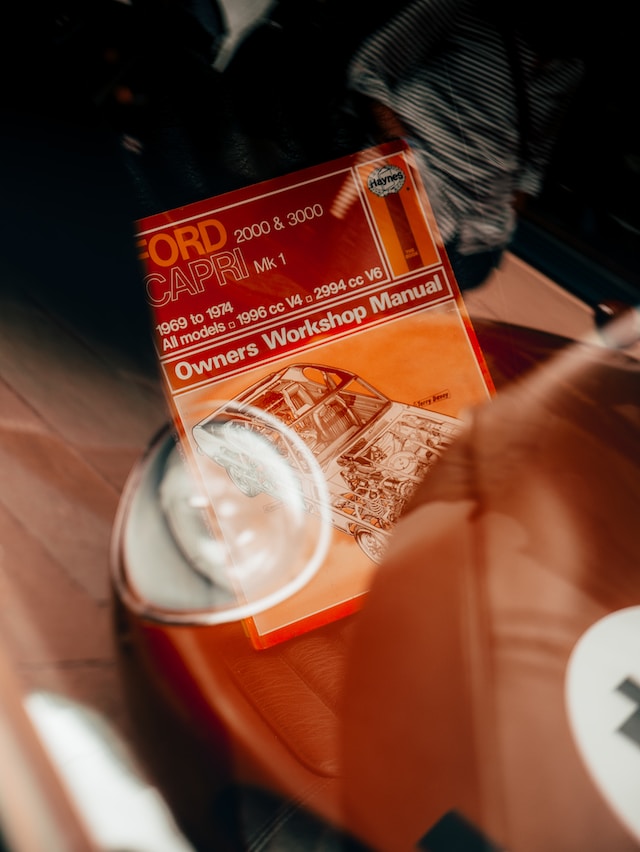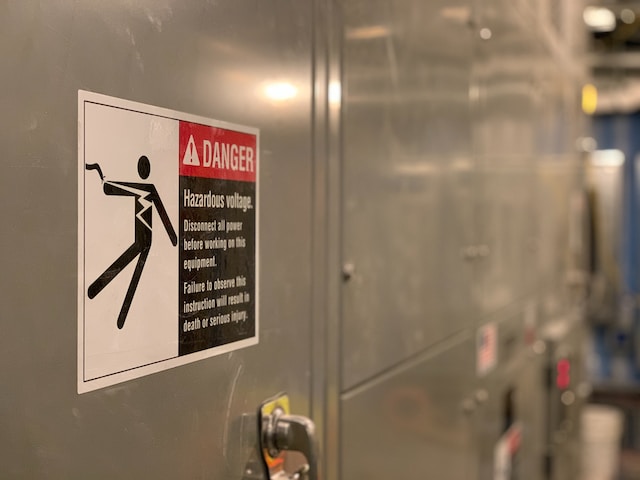While machine translation can be a valuable tool, it should not be relied on as the sole solution for all translation tasks. Some types of content require such a high degree of accuracy, creativity, or cultural sensitivity that machine translation engines are simply not equipped to translate them adequately. By matching the right translation method to your content type, you can optimize translation quality while saving time and reducing costs.

Understanding the Unique Challenges of Different Content Types
Different types of content require a different approach to translation. By understanding the unique challenges posed by different types of content, businesses can better determine which content is suitable for full machine translation, human-edited machine translation (HEMT), or full human translation. This can help to improve translation efficiency, reduce costs, and ensure that the resulting translations are accurate, culturally appropriate, and meet the desired level of quality.
Additionally, determining what translation method is suitable for a certain content type can help raise awareness of the benefits and limitations of machine translation. While machine translation can be a powerful tool for translating certain types of content, it is not a one-size-fits-all solution. Some content requires a high degree of precision, creativity, or cultural sensitivity, which machine translation may not be able to provide. By understanding which translation method is best suited for a particular type of content, organizations can make more informed decisions and ensure that the resulting translations meet their desired objectives.
Read on to find out which content types are best suited for each of the following translation methods:
When Should You Use Full Human Translation?
In general, any content that requires accurate and nuanced communication across language barriers, particularly if it involves complex terminology or creative expression, is likely to require full human translation.
Content Types that Require Full Human Translation
- Complex legal documents such as contracts, patents, and intellectual property documents
- Complex medical documents such as clinical trial reports, medical records, and patient information
- Complex technical documents such as user manuals, engineering specifications, and scientific research papers
Accurate translation is crucial for complex legal, medical, and technical documents where even a small error could have serious consequences.
- Marketing materials such as advertisements, and brochures
- Creative content such as literature, song lyrics, poetry, and other artistic works
Marketing materials and creative content require translation that effectively captures the nuance, style, tone, and intent of the original language to effectively communicate with the target audience.

When Should You Use Human-Edited Machine Translation?
Machine translation algorithms work by analyzing a vast amount of language data, and while they can produce translations quickly and efficiently, they may not always be accurate or reliable. Machine translation cannot fully understand the nuances and complexities of a language, and it may struggle with subtleties, idiomatic expressions, cultural references, and other contextual cues that may lead to mistranslations and misunderstandings. For this reason, it is essential for certain types of content to have a human translator review and edit the machine translation output.
When a human translator/editor is included in the machine translation method, we speak of post-editing machine translation (PEMT) or human-edited machine translation (HEMT) as I like to call it. This hybrid translation method will analyze and modify machine-translated material to guarantee that it is of the desired quality.
Content Types Suitable for Human-Edited Machine Translation
- E-commerce Content such as product descriptions, and sales copy
Full machine translation may not always be the ideal choice for translating marketing content, as it lacks the creativity, nuance, and cultural awareness that can only be provided by human translators/editors. Human intervention can help to ensure that the content is accurately translated while retaining the intended tone and style.
- General technical documentation such as user manuals, product specifications, and technical reports
Machine translation programs may misinterpret the overarching context of a document or fail to grasp the meaning of isolated terminology, resulting in mistranslations. A human translator/editor can help to ensure that the technical information is accurately conveyed to the target audience.
- General medical content such as patient information leaflets, medical reports, and clinical trials
Machine translation engines may not be able to accurately translate medical terminology and jargon. HEMT can help to ensure that the medical content is accurately translated and is easily understandable by the target audience.
- General legal and financial documents such as contracts, patents, and court rulings
A human translator/editor can help to ensure that the legal documents are accurately translated and are legally binding in the target language.
Why You Should Handle These Types of Content Cautiously
Although machine translation can offer significant benefits, including increased efficiency, cost savings, and improved speed of delivery, it is important to approach it with caution. Legal, financial, medical, and technical texts typically contain highly specialized terminology that requires a good understanding of the subject matter. The accuracy of the translation is essential, as errors can have significant consequences. For example, in the legal field, an inaccurate translation can lead to legal disputes or even litigation. Similarly, in the medical field, a mistranslation can lead to misdiagnosis, incorrect treatment, and potentially harmful outcomes for the patient. Another example could be in the field of engineering, where precise technical language and terminology are used to describe complex machinery or processes. A mistranslation or misinterpretation of these technical terms could lead to faulty or dangerous behavior of machinery, which could have serious consequences for the safety of workers and the public.

Because the accuracy of these types of translations is paramount to the safety and well-being of individuals who rely on them, it is essential that the machine translation output is edited by a human translator. Preferably, a translator/editor who has an understanding of the terminology used in the field and the ability to accurately convey that information in the target language.
When Should You Use Full Machine Translation?
Machine translation has become an increasingly popular way to translate content quickly and efficiently. However, as useful as machine translation can be, it is not always perfect, and it is not suitable for all content types. Machine translation is best suited for translating content that has a logical sentence structure, clear and consistent meaning, with minimal use of idiomatic expressions, cultural references, and regional dialects.
Content Types that Are Generally Considered Useful for Machine Translation
- User-generated content such as product reviews, social media posts, and customer feedback
User-generated content generally is not critical to the user experience or the overall image of a company or platform. However, many people rely on translation to make e-commerce decisions.
- Simple news articles such as weather forecasts and sports results
These articles typically have a logical and predictable structure and use simple language.
It is important to note that while machine translation can be useful for translating the above types of content, it may not always produce the most accurate or natural-sounding translations. It is always a good idea to have a professional translator review the translation to ensure its quality.
Matching Translation Methods to Content Types
In summary, choosing the right translation method is a crucial aspect of ensuring accurate and effective communication across different languages. While there are three main translation methods – full human translation, human-edited machine translation, and full machine translation – each is better suited for different content types.
For complex legal, medical, and technical documentation, marketing materials and creative content, full human translation is the best option to ensure precision and accuracy in the translation process. For e-commerce, general technical, medical, and legal documents, human-edited machine translation can be a more cost-effective and efficient solution.
Lastly, for user-generated content and simple news articles, full machine translation can be a viable option to get the gist of the content across quickly and efficiently.
When you carefully consider the content type and intended audience before selecting the most appropriate translation method, you will achieve the best results.
English into Dutch Hybrid Translation
Do you need to have your content translated into Dutch to reach a Dutch-speaking audience? We offer cost-effective human-edited Dutch machine translation services for the types of content described above. For texts that require a higher level of accuracy, we recommend using the full human Dutch translation service by Black Kite Translations.